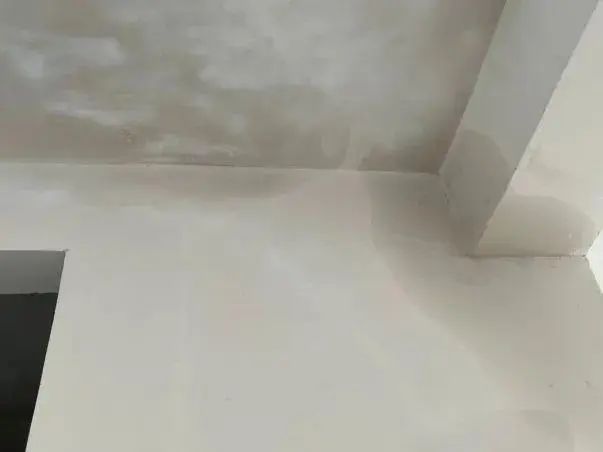For many owners living in high-rise buildings, roof leaks are almost an unavoidable problem in life, causing great annoyance and distress. Some residents complain: "The roof leaks and it needs to be repaired every year, but the problem is never completely solved. The house always has a damp, mouldy smell, which is very uncomfortable." Others have suffered more severe impacts: "Roof leaks caused the wall plaster to fall off, making it impossible to use appliances normally. We had to seek shelter with relatives." Some people's roofs have been leaking since they moved in, and no matter who they find for repairs, there is no improvement, making them very distressed. During the rainy season every year, similar complaints can often be heard among neighbours and friends.
Why are roof leaks so common, and how should they be resolved? Below is a brief analysis and explanation for everyone.

I. What are the causes of roof leaks?
Many aspects cause roof leaks, including waterproof design, material selection, construction quality, management, and maintenance issues. Based on the analysis of actual engineering cases, the causes can be summarized as follows:
Water intrusion: The inability of the waterproof membrane layer to fully bond with the substrate is the main cause of leaks.
Damage: Waterproof materials cannot self-repair after being damaged by external forces, leading to leaks.
Cracking: After waterproofing construction, building settlements to varying degrees, cause the waterproof membrane to tear, creating defects and leaks.
Climate changes: Temperature changes cause concrete expansion, leading to cracks in inadequately vibrated roof panels.
Improper treatment of detail nodes: Inadequate adhesion and sealing at connections such as parapets, corners, drains, and roof protrusions; poorly sealed nodes with gaps and raised edges.
Non-standard waterproof construction: Uneven protective layer coverage and poor adhesion; wrinkling, bubbling, and raised edges during membrane application; cracks, peeling, flow, bubbling, exposed fabric, and wrinkles in the coating waterproof layer; inadequate adhesion between sealing materials and substrate, with uneven, non-flat, or non-conforming dimensions, along with bubbles and cracks; lack of isolation layer between the rigid protective layer and waterproof layer.
Improper construction of roof corners: Failure to chamfer roof horizontal external and internal corners and external angles per related specifications causes membrane bending or uneven application of waterproof coating, leading to damage.
II. How to repair roof leaks specifically?
When a roof leaks, first locate the leak point and conduct an inspection and analysis to determine the cause and proceed with targeted repairs.
If the leak is due to insufficient adhesion or damage to the waterproof layer, find the leak point in the waterproof layer and repair it using the same material. If the leak is severe, re-waterproofing is necessary.
Check weak points such as roof pipes, drains, and gutters, and reinforce them with specialized waterproof materials. If gaps are found, use versatile waterproof glue or waterproof mortar for filling and treatment. For delamination, peeling, or wrinkling causing leaks, treat with a cutter to extend the damaged area beyond 10cm, clean thoroughly, and repair with versatile waterproof glue with over two coats, followed by large-scale waterproof reinforcement with compatible material.
Poor handling of corners and junctions may lead to weak point leaks. For small leaks, use versatile waterproof glue for sealing. For large-scale damage to the waterproof layer, reapply waterproofing. Treat weak points as per regulations, such as forming arc corners, then applying additional layers, and finally, large-scale waterproofing. If using waterproof coatings, reinforce with internal glass fibre fabric before coating.
If ageing sealing materials or inadequate adhesion strength cause leaks, remove the original sealant and clean it before sealing and waterproofing. If the waterproof material itself causes leaks, such as curling, wrinkling, or inadequate adhesion strength, replace it with qualified, large-brand waterproof materials for new waterproofing.
III. Summary
Roof waterproofing is a systematic project where any slip-up can lead to leaks, hence the saying "nine out of ten roofs leak," reflecting the high incidence of leaks. When a roof leaks, first identify the cause and repair it specifically. It’s important to remind everyone that although roof leaks initially affect top-floor owners, others should not adopt an "it doesn't concern me" attitude. Roof leaks concern all building owners' interests; if not addressed promptly, water may seep through wall gaps and affect lower-floor residents, further threatening the building's structural safety and shortening its lifespan. Repairing roof leaks involves high costs, so owners should not take it lightly.




